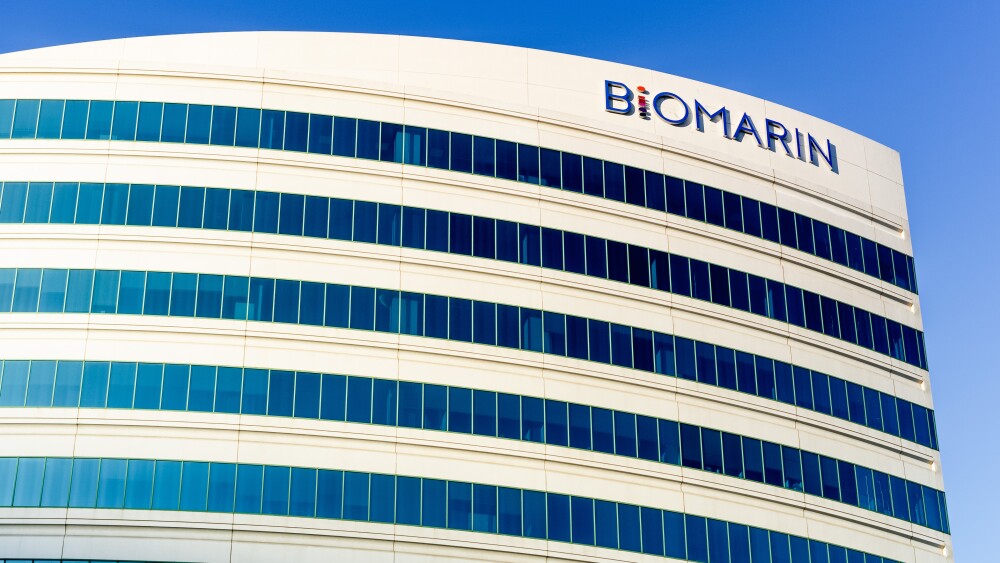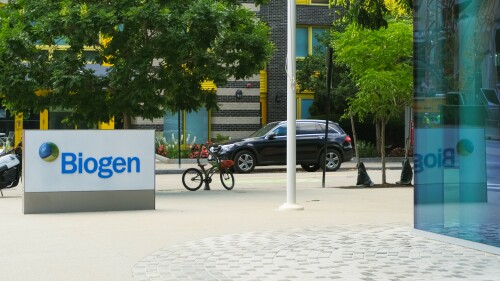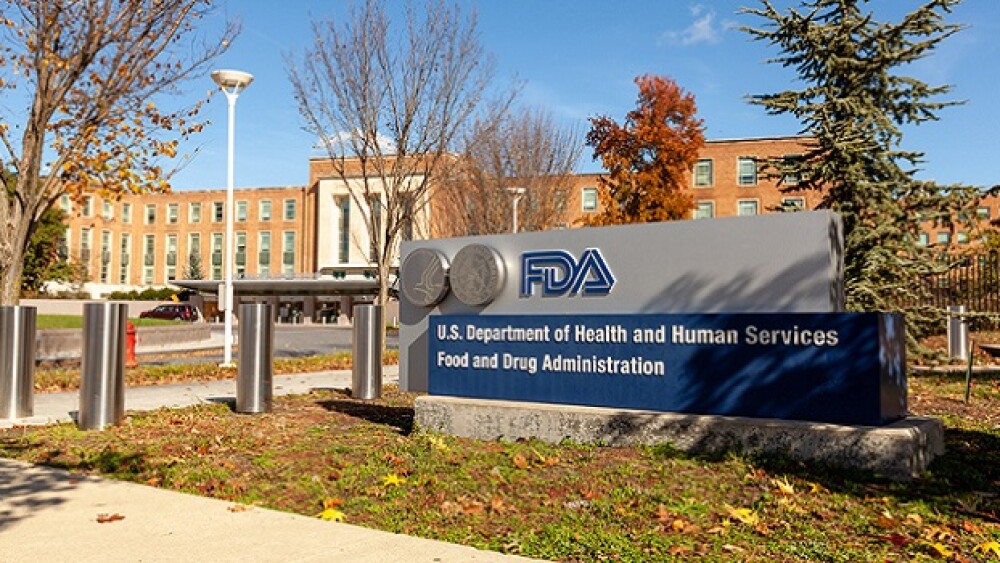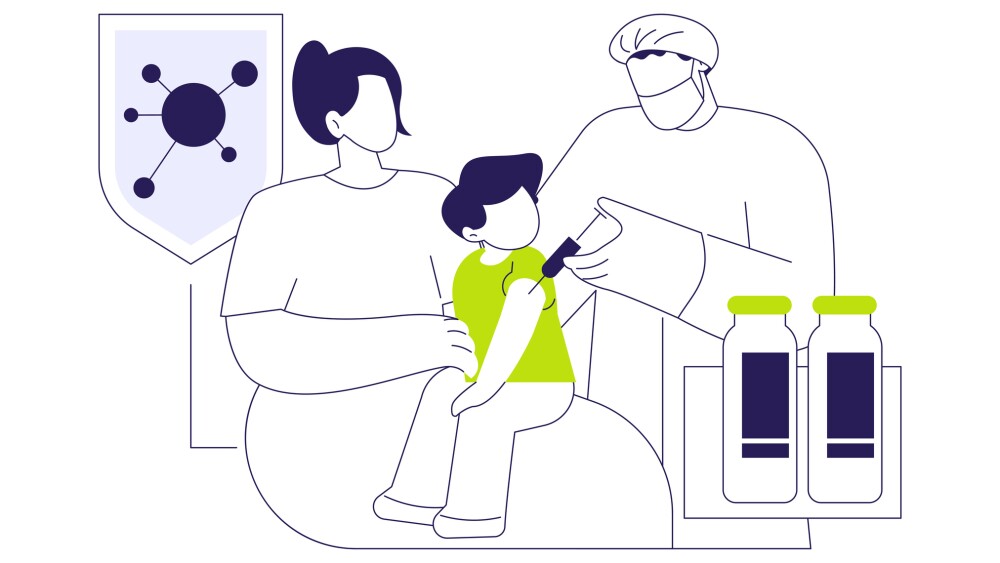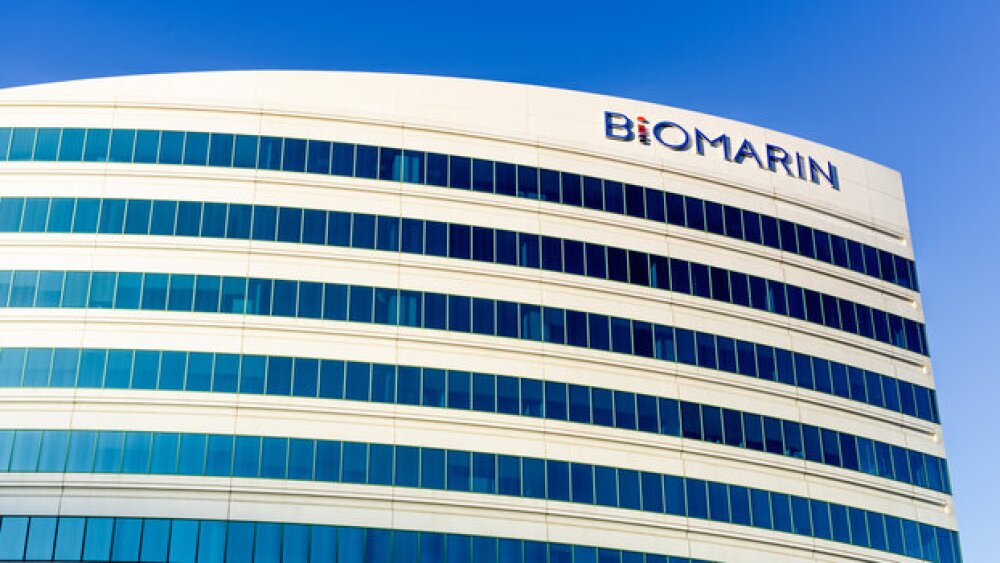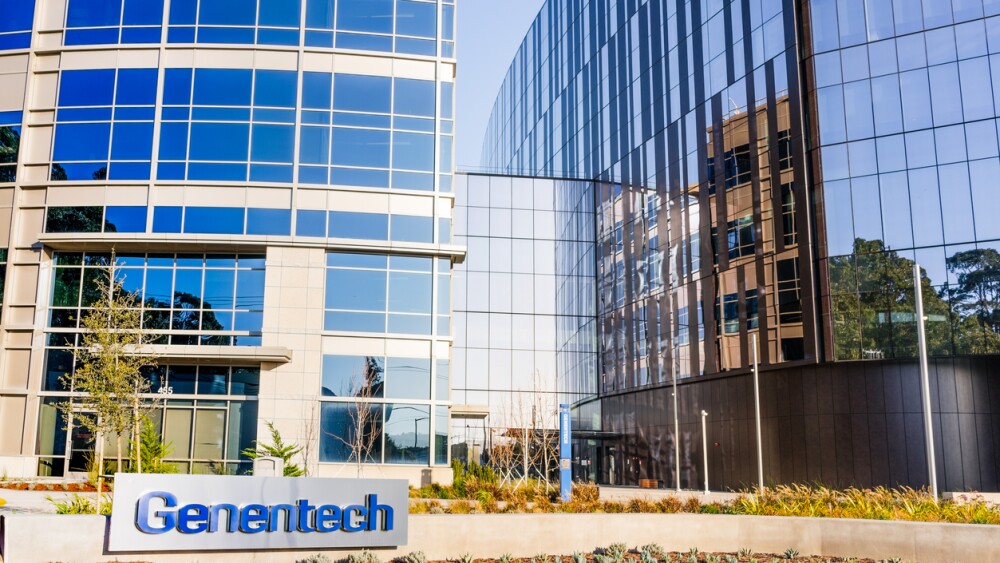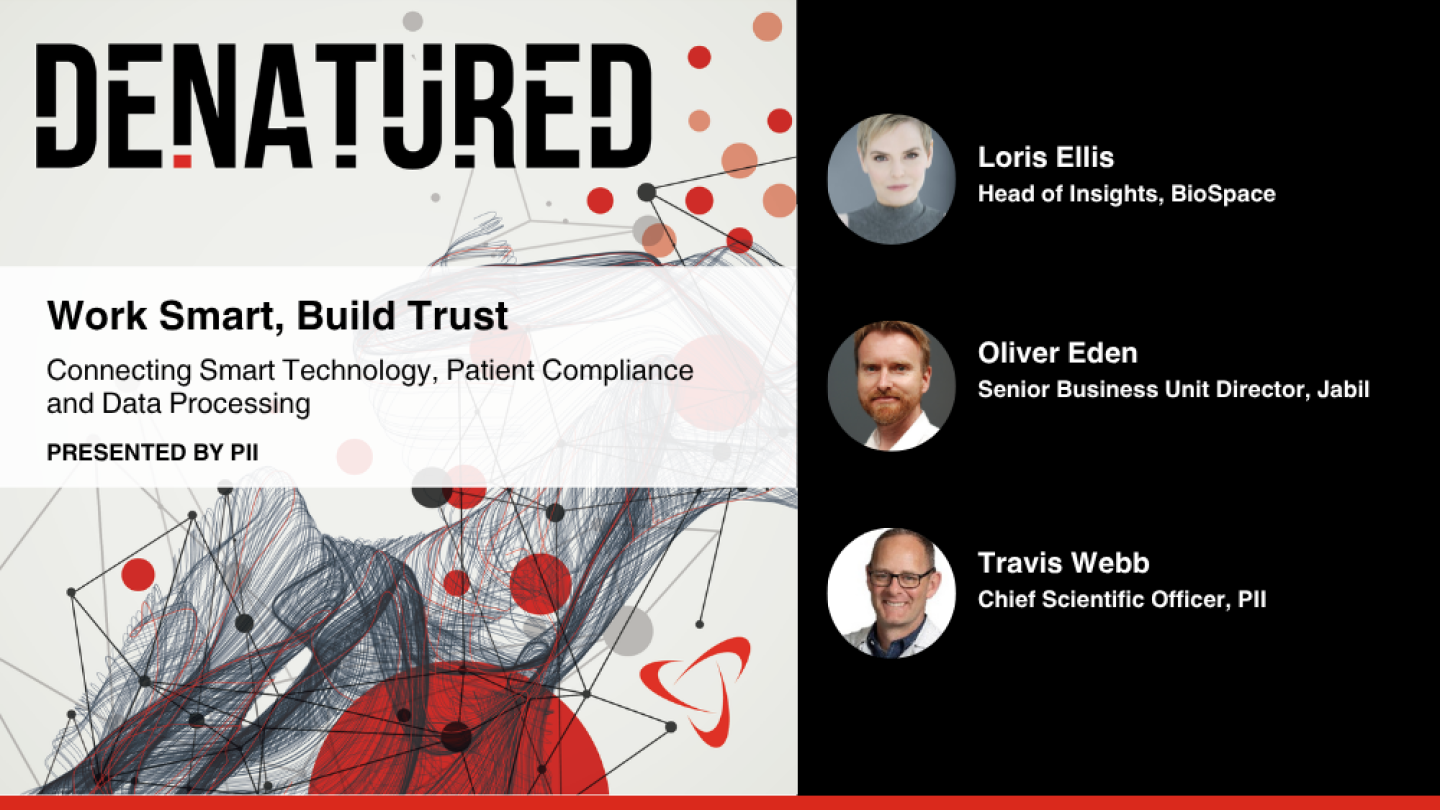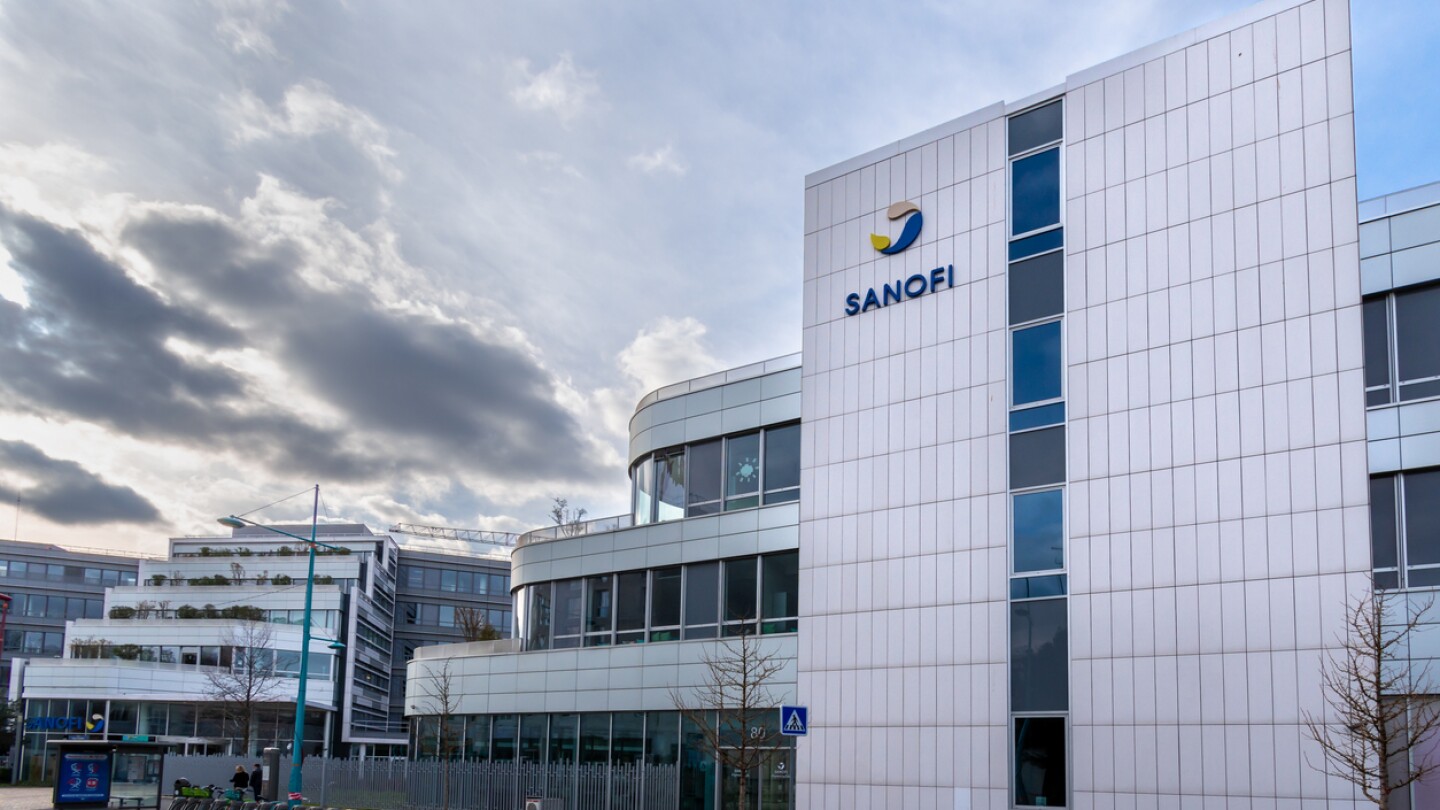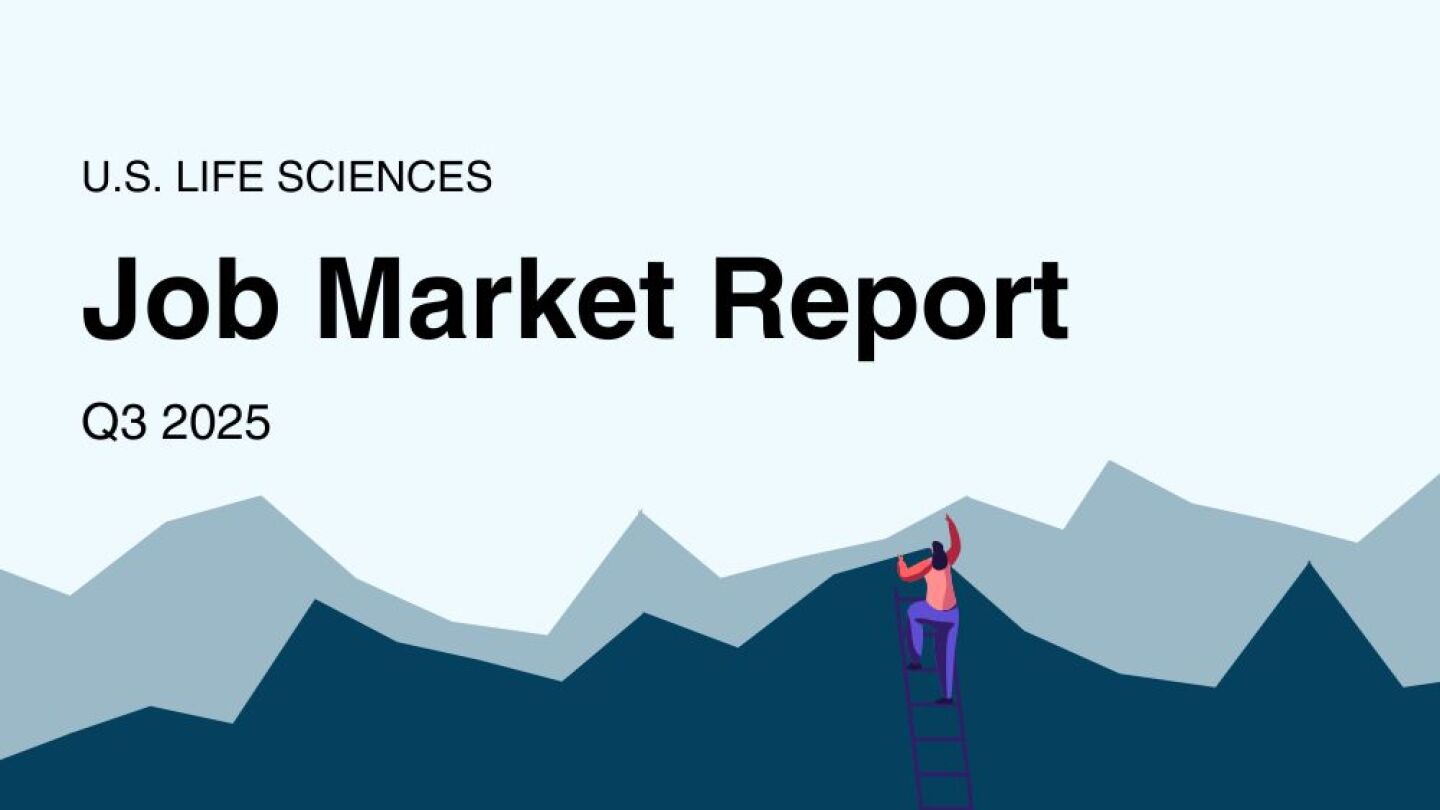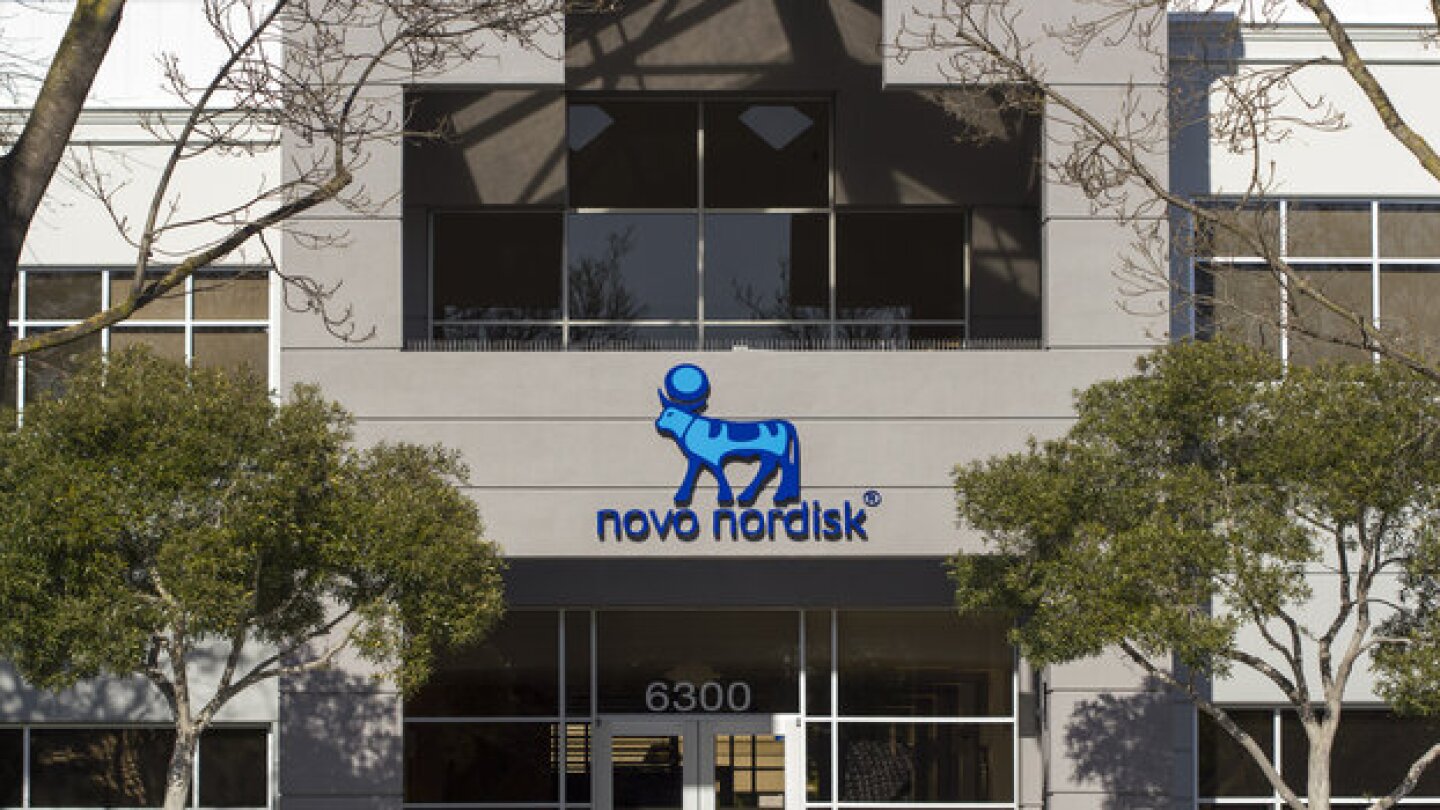News
BioMarin no longer expects to hit its $4 billion revenue target by 2027, citing various market factors such as impending competition for achondroplasia therapy Voxzogo and the divestment of the gene therapy Roctavian.
FEATURED STORIES
From more than 30 target action dates in the last three months of the year, BioSpace has narrowed the list to six regulatory decisions that could have far-reaching implications for biopharma and patients.
In one of the first demonstrations of the impact of last year’s Loper Supreme Court decision on challenges to agency authority, a judge ruled that the FDA does not have authority to regulate tests developed by clinical laboratories.
While last week’s recommended changes by CDC advisors to the MMRV vaccine schedule are unlikely to have a tangible effect on Merck’s business, the company said the removal of choice for healthcare providers is “concerning.”
Job Trends
ImmunityBio will lay off 16 employees in California and said it expects to need more funding to commercialize Anktiva, approved in April for non-muscle invasive bladder cancer.
FROM OUR EDITORS
Read our takes on the biggest stories happening in the industry.
Unpredictable communication and a lack of transparency are eroding the industry’s and the public’s trust. The FDA, experts agree, needs to take control of the narrative.
THE LATEST
The Commissioner’s National Priority Voucher awards companies that align with specific national priorities—such as boosting domestic manufacturing and lowering drug prices—with faster reviews and more frequent interactions with the FDA.
With more than $1.5 billion on the line, Gilead looks to bolster its CAR T portfolio.
EMD Serono will offer its fertility treatments on TrumpRx at a steep discount, and Roche’s direct-to-consumer offering will cover its flu pill Xofluza.
In this episode presented by PII, BioSpace’s head of insights discusses decentralized clinical studies and how connected technology can improve patient compliance with guests Oliver Eden and Travis Webb.
The partners have yet to disclose what their priority indications are, though EVOQ’s NanoDisc technology aims to enable the development of potentially curative treatments for autoimmune conditions such as celiac disease and type 1 diabetes.
An unnamed source clarified that Sandra Retzky has not been fired from the FDA, but it remains unclear where she was reassigned.
Veradermics is the second hair regrowth specialist to fundraise this week, after Pelage Pharmaceuticals announced Wednesday it had brought in $120 million for its own therapy.
BioSpace’s Q3 2025 U.S. Life Sciences Job Market Report reveals a turbulent quarter for biopharma hiring, with record declines in job postings, rising layoffs, and cautious employer sentiment shaping the industry’s employment landscape.
Due largely to CSL, Merck and Novo Nordisk’s reorganizations that could total about 19,350 people, Q3 cuts rose significantly year over year and quarter over quarter, based on BioSpace tallies.
Novo Nordisk strikes another deal, this time with Omeros, amid a broader pipeline restructuring that recently claimed its cell therapy work.

